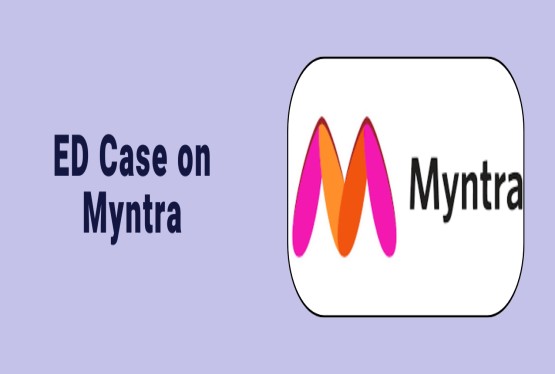The Directorate General of Foreign Trade (DGFT), operating under the Ministry of Commerce & Industry, Government of India, has taken a major step toward streamlining and enhancing the reporting mechanism of services exports. Through Trade Notice No. 02/2025-26, dated April 21, 2025, DGFT has introduced a new field titled 'Mode of Export of Services' in the eBRC (Electronic Bank Realisation Certificate) format. This step is aimed at capturing more granular and accurate data related to services exports in India and aligning it with international standards.
This reform becomes effective from May 01, 2025, and is mandatory for all services exports for which eBRCs are generated on or after this date.
Background and Previous References
This development refers back to earlier Trade Notices, specifically Trade Notice No. 12/2024-25 dated August 14, 2024, and Trade Notice No. 33/2023-24 dated November 10, 2023. These notices introduced enhancements in the eBRC system by enabling exporters to self-certify export realisations through the DGFT portal. The integration was made possible via API connectivity and a bulk upload feature.
With the improved eBRC functionality in place, DGFT now focuses on improving the quality and classification of services exports data by introducing a new parameter.
Definition of Services Under FTDR Act, 1992
The Foreign Trade (Development & Regulation) Act, 1992, provides the legislative basis for this change. As per Chapter 1, Para 2, Sub-para (j), "services" refer to any service that is made available to potential users and includes all tradable services as specified under the General Agreement on Trade in Services (GATS). However, it is clearly mentioned that this definition does not extend to taxation matters.
GATS is a World Trade Organization (WTO) treaty that governs trade in services among its member countries. The classification followed under GATS is internationally recognized and forms the basis for India’s current effort to align its reporting standards.
Purpose Behind the New Field: ‘Mode of Export of Services’
The primary aim of introducing this field is to collect detailed and structured data about the nature of service exports. By classifying each export realisation under one of the four GATS-defined modes, the government will have a clearer understanding of how services are being delivered internationally by Indian entities.
This initiative not only improves data transparency and quality but also helps in policy formulation, economic analysis, and tracking India’s performance in the global services sector. Furthermore, it reflects India's commitment to aligning its data reporting with international best practices under WTO norms.
Applicability and Implementation Timeline
The new field titled 'Mode of Export of Services' will apply to all eBRCs generated from May 01, 2025, onwards. Exporters who are certifying their eBRCs, especially those linked with Inward Remittance Messages (IRMs), will need to indicate the appropriate mode of export while submitting their self-certification on the DGFT portal.
This requirement is binding and mandatory, and the exporter’s declaration of the export mode will become part of the eBRC data stored in the DGFT database.
Four Modes of Services Trade Under GATS
The classification of services exports is based on the four 'modes' of supply defined in the General Agreement on Trade in Services (GATS). These modes help in categorizing the nature and channel through which services are rendered.
Mode 1: Cross-Border Supply
This mode refers to services that are supplied from India to another country without the movement of the service provider or the consumer. The transaction takes place digitally or remotely.
Example: When an Indian IT company provides software development or remote consulting services to a client located overseas, it qualifies as Mode 1 export.
This mode has gained massive popularity with the rise of digital infrastructure and is a significant contributor to India’s services export basket, especially in the IT and BPO sectors.
Mode 2: Consumption Abroad
Under Mode 2, the foreign consumer travels to India to consume services. In this case, the consumer is mobile while the service provider remains in India.
Example: International tourists, foreign students studying in Indian universities, and overseas patients seeking medical treatment in Indian hospitals are instances of services rendered through Mode 2.
This mode contributes to foreign exchange earnings in sectors such as tourism, healthcare, and education.
Mode 3: Commercial Presence
This mode deals with the scenario where an Indian service supplier establishes a commercial entity abroad to provide services in the foreign country.
Example: An Indian bank setting up a branch in Singapore or an IT company creating a subsidiary in the United States falls under Mode 3.
This form of export is important for expanding India’s global service footprint and leveraging local markets abroad.
Mode 4: Presence of Natural Persons
Mode 4 refers to situations where Indian professionals travel temporarily to another country to provide services.
Example: Engineers, doctors, consultants, and IT professionals going abroad for short-term assignments, contracts, or consultancy roles.
This mode is heavily linked with skilled manpower and the movement of human capital, which India is known to supply globally.
Certification of eBRCs with Mode Specification
When exporters log into the DGFT portal to certify their eBRCs, they will now find an additional mandatory field titled ‘Mode of Export of Services’. Here, they will be required to select the correct mode (Mode 1 to Mode 4) based on the nature of the export transaction.
This certification will be done either manually for each eBRC or via API/bulk upload, depending on the exporter’s integration setup with DGFT.
It is essential that exporters correctly identify and select the appropriate mode, as this information will directly feed into national export data, trade statistics, and may also be used in policy evaluation.
Availability of Help Manuals and User Support
DGFT has made user manuals available under the ‘Learn’ section of its website, specifically under “Application Help and FAQs -> eBRC.” These manuals will provide exporters and stakeholders with guidance on how to use the new format and complete the certification process without errors.
Additionally, the DGFT welcomes feedback from stakeholders and exporters. Suggestions and experiences may be shared by emailing ebrc-dgft@gov.in. This participatory approach ensures that any glitches or suggestions for improvement are collected and reviewed.
Support Channels for Exporters
DGFT has established a dedicated Helpdesk for assisting exporters who may need clarification or run into difficulties. Support can be accessed through:
-
Toll-free helpline provided by DGFT
-
Service ticket submission on the DGFT portal under Services -> DGFT Helpdesk Service
These channels are designed to address both technical and procedural queries.
Conclusion
The inclusion of the 'Mode of Export of Services' field in the eBRC format marks a significant enhancement in India's export data management system. It reflects a proactive move by the Government to better classify, quantify, and analyse service exports by leveraging internationally recognized parameters.
This initiative supports the ease of doing business, improves data transparency, and aids in strategic policy formulation. Exporters must ensure compliance with this requirement from May 01, 2025, and actively make use of the resources provided by DGFT to adapt to this change smoothly.
Stakeholders are encouraged to familiarize themselves with the GATS framework, understand the modes of service exports, and integrate this awareness into their export documentation process.
If you need any support you can connect with the experts through email info@ccoffice.in or Call/Whatsapp at +91 9988424211.












































































_crop10_thumb.jpg)







_Rules,_2025_learn_crop10_thumb.jpg)








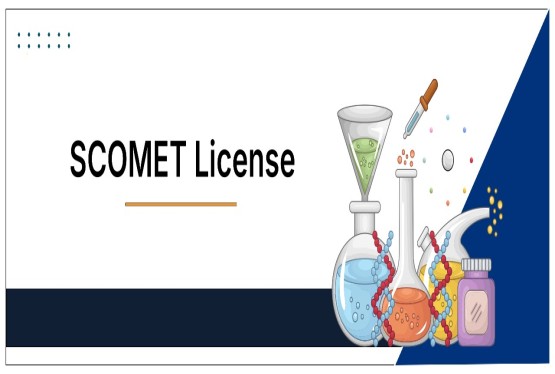



























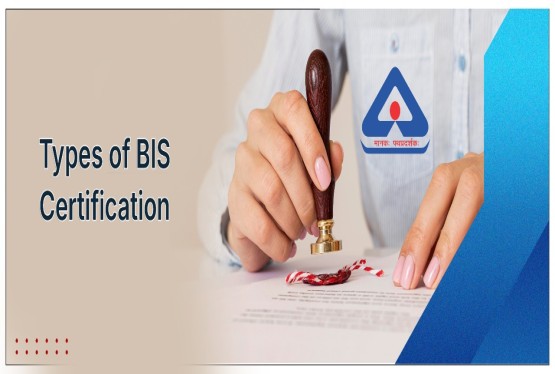

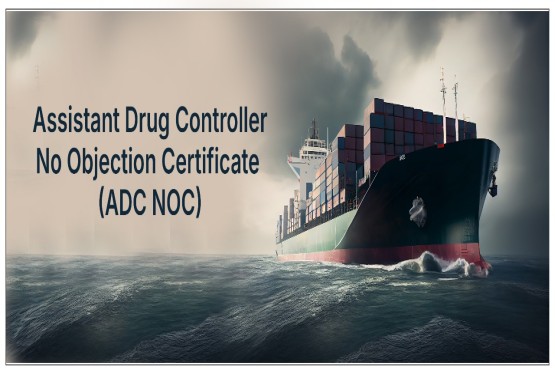






















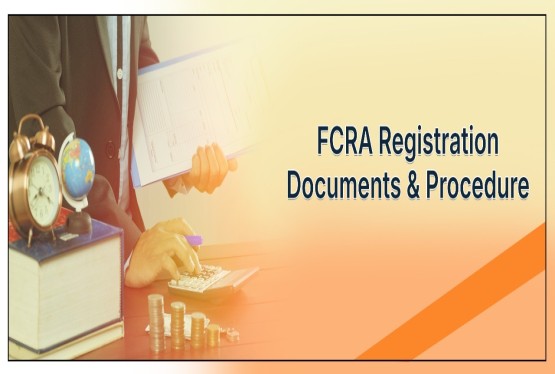


























_crop10_thumb.jpg)








 in BIS FMCS_learn_crop10_thumb.jpg)










_crop10_thumb.jpg)













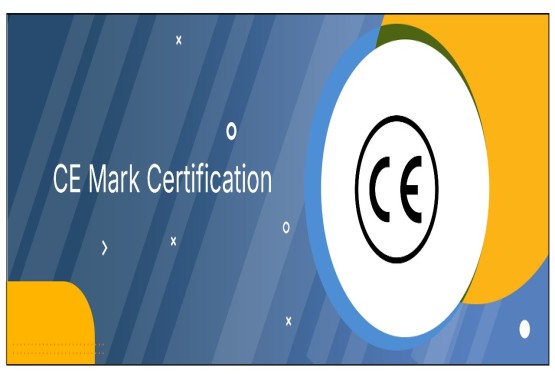
_crop10_thumb.jpg)





_Code C-888_learn_crop10_thumb.jpeg)
_learn_crop10_thumb.jpg)

































































_Certificate_learn_crop10_thumb.jpg)

_Certificate_(1)_crop10_thumb.jpg)

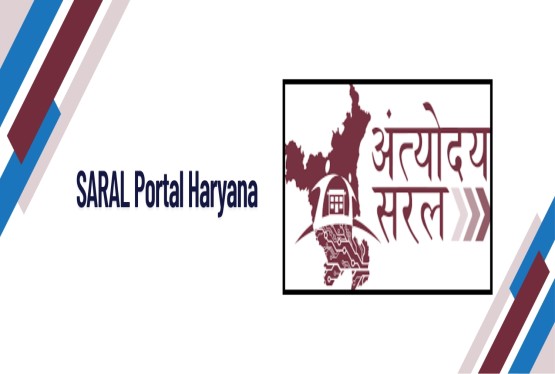




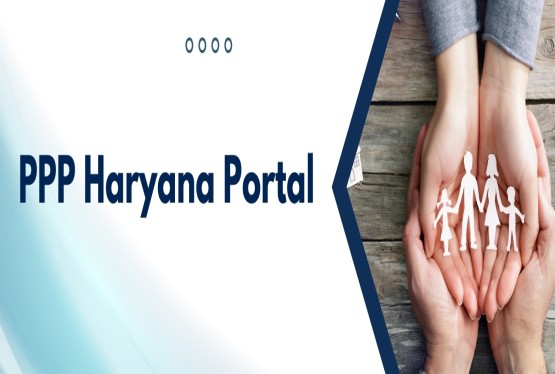








_learn_crop10_thumb.jpg)

_crop10_thumb.jpg)


















_Scheme_learn_crop10_thumb.jpg)


_learn_crop10_thumb.jpg)

